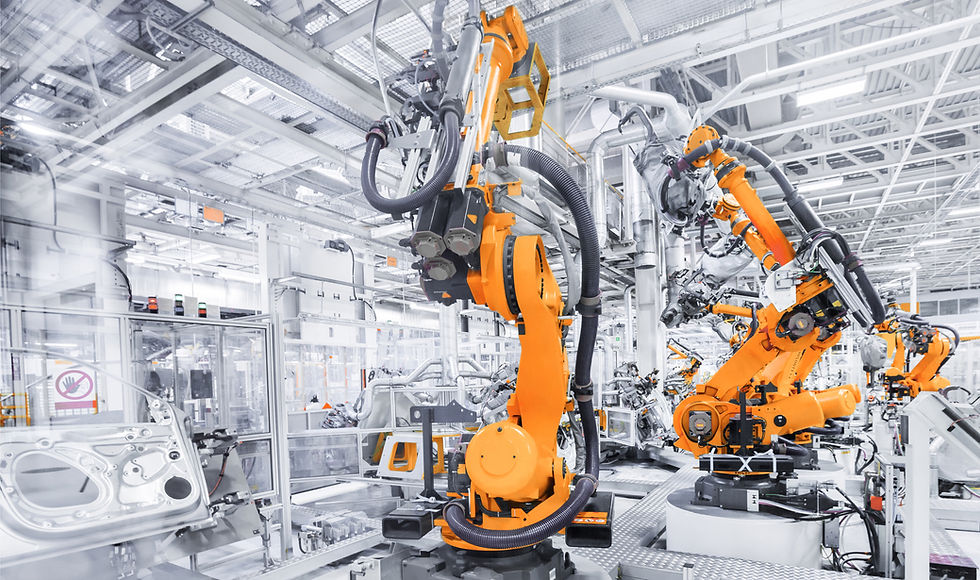Case Study: Custom Automation Line for a Manufacturer of Steel Products
- Techam Solutions

- Aug 26, 2024
- 2 min read

Introduction
In today’s industrial landscape, the rise of automation technologies has revolutionized manufacturing processes. While many applications have become standardized and can be integrated seamlessly, there are instances where off-the-shelf solutions fall short. For these scenarios, custom automation is essential. This requires the expertise of specialized professionals who can design and implement tailor-made solutions that meet the unique needs of the operation.
The Challenge
One of our clients, a leading manufacturer of steel products for the agriculture and automotive industries, faced a significant challenge. They needed to design a fully automated manufacturing line capable of handling and processing heavy components at extremely high temperatures, all while maintaining a high throughput rate. The complexity of these requirements meant that no existing market solutions could be integrated to meet their objectives. This left our client with a critical need for a custom solution that could ensure safety, efficiency, and scalability.
The Solution: Custom Automation
Techam Solutions was brought on board to tackle this challenge. Our role was not just to assist but to take full ownership of the design and implementation of a bespoke automated system. We began by closely collaborating with both internal stakeholders and external partners, including machine builders, technology providers, and process engineers.
The project unfolded in several key phases:
Concept Development: We conducted an in-depth analysis of the client’s requirements, focusing on safety, process flow, and productivity goals. This allowed us to conceptualize a system that would seamlessly integrate with existing operations while addressing the unique demands of high-temperature component handling.
Design and Engineering: Our team of engineers designed custom machinery and automation solutions that included advanced robotics, high-temperature handling equipment, and integrated control systems. This design phase also involved rigorous testing and simulations to ensure reliability and efficiency.
Build and Integration: Once the designs were finalized, we oversaw the construction of the custom machines. These were then integrated into the client’s manufacturing line, alongside other necessary equipment. This phase required meticulous coordination to minimize downtime and ensure a smooth transition to the new automated system.
Training and Support: Post-installation, we provided comprehensive training for the client’s staff to ensure they could operate and maintain the new system effectively. Ongoing support was also established to address any issues and optimize the system further as needed.
Results and Benefits
The implementation of this custom automation solution delivered remarkable results for our client:
Enhanced Workplace Safety and Ergonomics: The new system reduced the need for manual handling of heavy, high-temperature components, significantly lowering the risk of workplace injuries and improving overall ergonomics.
Capacity Increase: The automated line increased the production capacity by 2.3 times, enabling the client to meet growing demand and reduce lead times.
Elimination of Changeover Time: The custom automated machine eliminated the time previously required for changeovers in material handling, streamlining the production process and enhancing efficiency.
Reduction in Cycle Time: The new system achieved a 38% reduction in cycle time per part, allowing for faster production without compromising quality.



